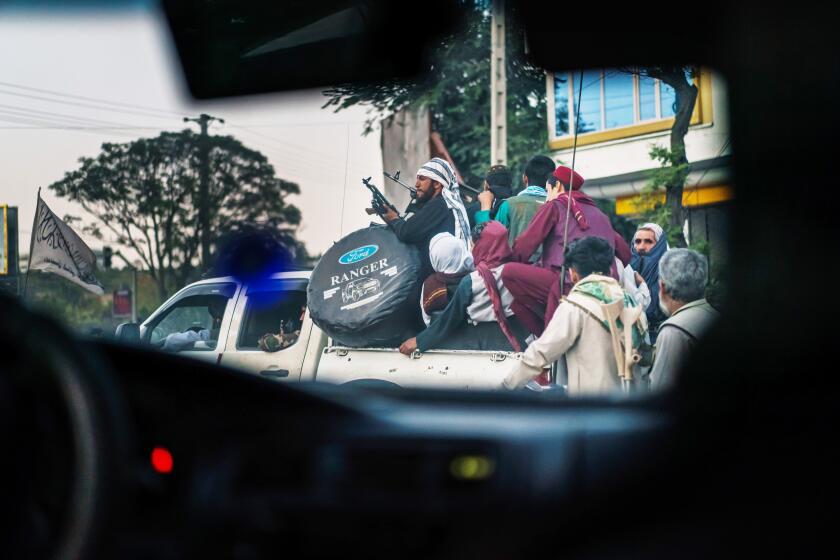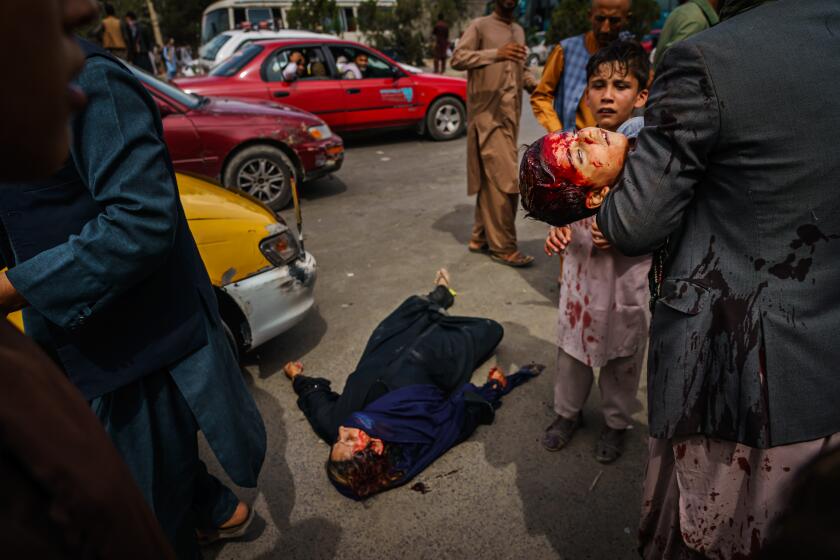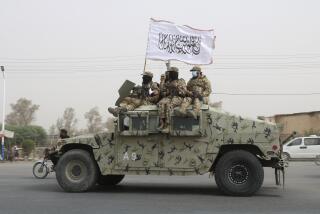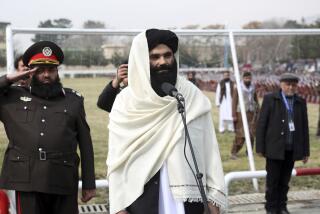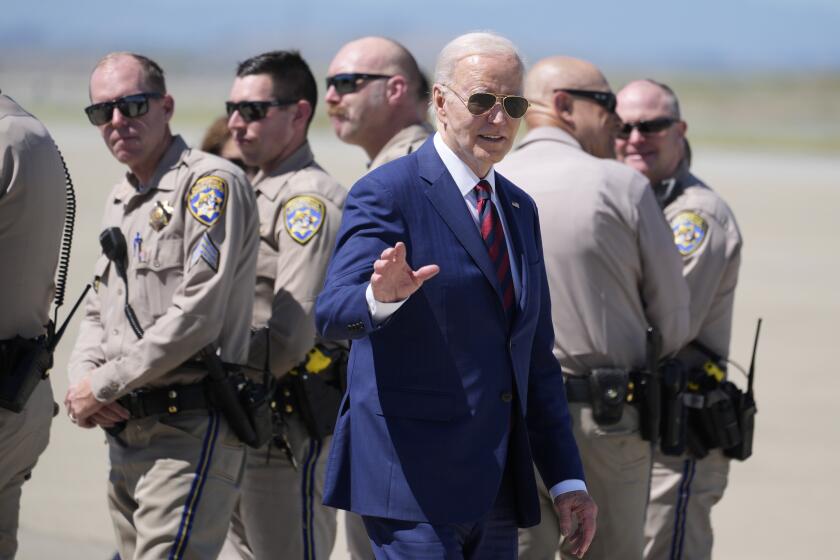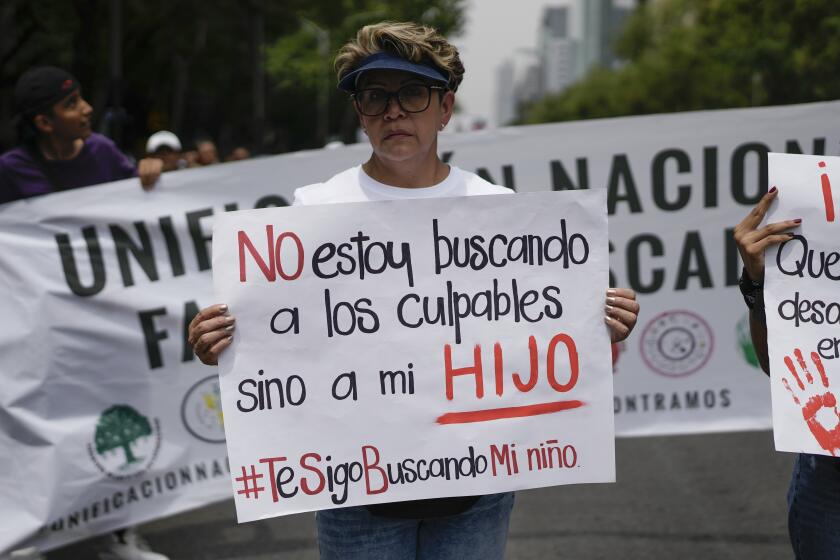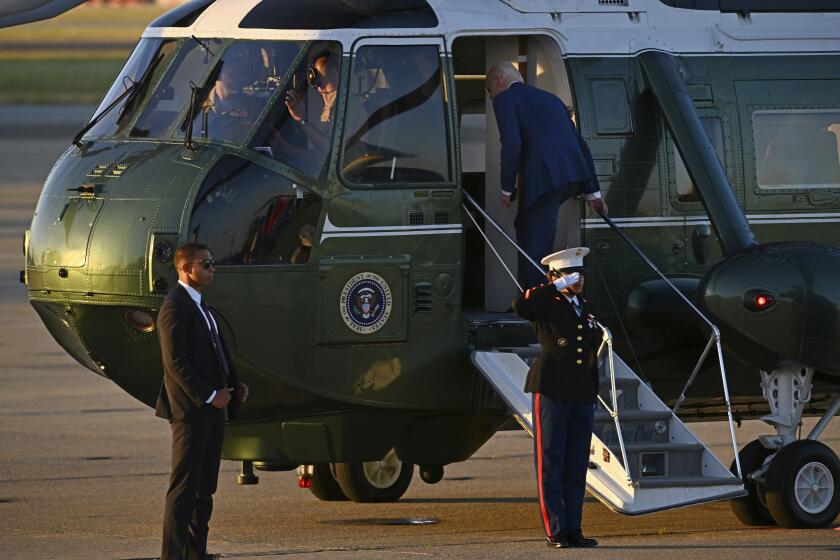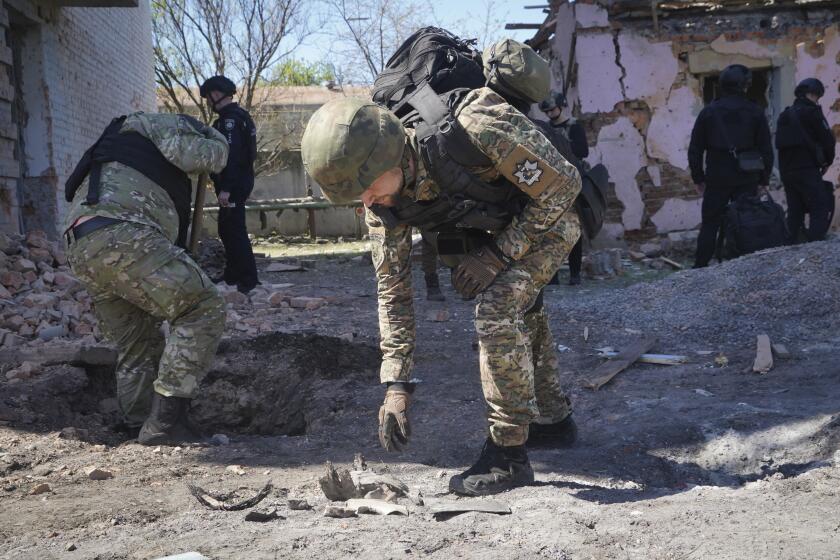The Taliban is back in power. These are the leaders
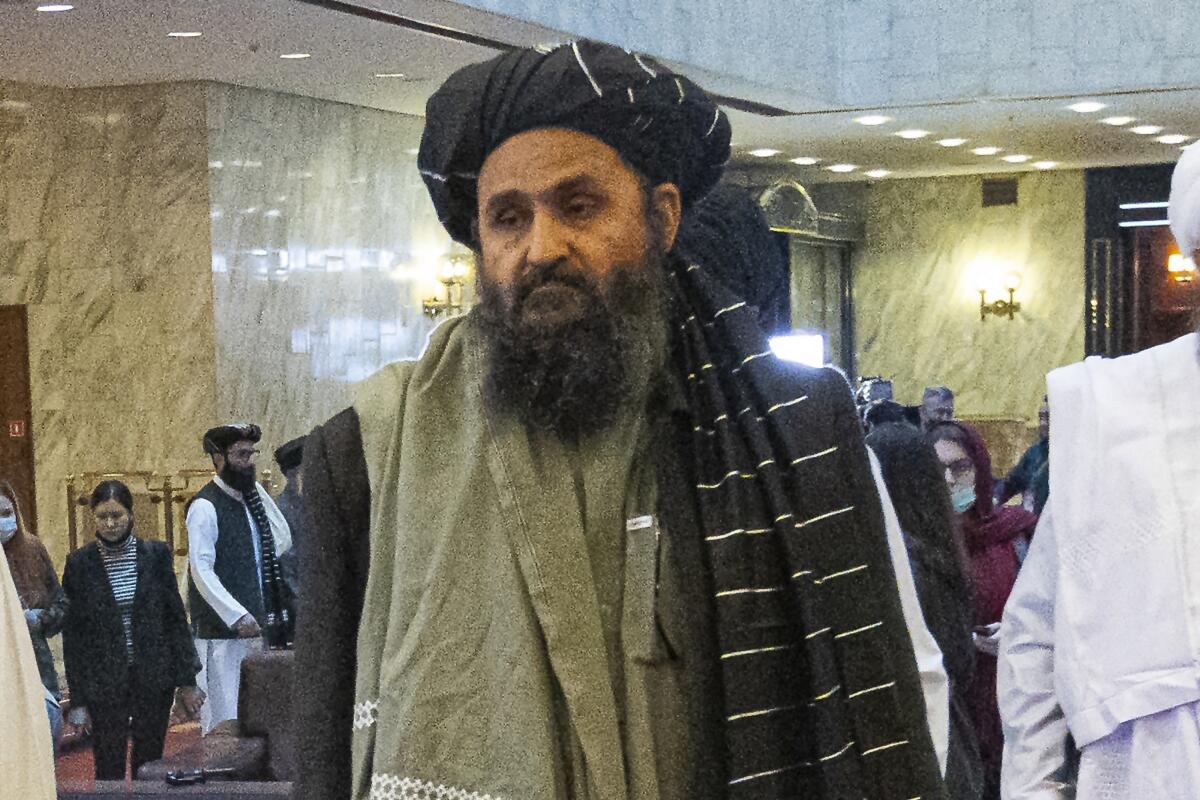
The Taliban’s top leaders made a triumphal return to Afghanistan earlier this week, taking a flight from their exile in Qatar to Kabul after their fighters’ lightning victory over the U.S.-backed Afghan government.
As the fundamentalist Islamic group picks up the reins of power, Afghans — not to mention the rest of the world — must contend with a leadership that remains for many an unknown quantity.
Here is a glance at Afghanistan’s new overseers:
Haibatullah Akhundzada
When a drone strike in May 2016 felled then-Taliban head Mullah Akhtar Mohamad Mansour, his deputy, Haibatullah Akhundzada became the Supreme Commander and the so-called “Emir of the Believers.”
As Supreme Commander, Akhundzada is tasked with overseeing the Taliban’s political, religious and military affairs. Nevertheless, although he presided over its takeover of Afghanistan, his history in the Taliban — where he rose to head the group’s judicial system — indicates that he is less a military commander than a religious scholar.
Protests erupt in defiance of the Taliban, which brags that it forced the U.S. out of ‘our holy territory of Afghanistan.’
That said, Akhundzada’s jihadi credentials are unquestioned. He is thought to have been born in 1961 in Kandahar in southern Afghanistan, the Taliban’s birthplace, and is considered a unifying figure who maintained the group’s cohesion after his predecessor’s killing. His son also trained as a suicide bomber, and the Taliban claimed he took part in a daring attack on an Afghan security outpost in 2017.
Still, it remains unclear if Akhundzada will actually become the head of a Taliban government or leave it to other members of the group’s upper echelons to take charge; he hasn’t been seen in public for years, leading to speculation that he may not even be alive.
Mullah Abdul Ghani Baradar
Arguably the most well-known of the Taliban leadership, Baradar was one of the four cofounders of the group, and his progression matches the arc of the Taliban’s rise-and-fall-and-rise-again.
In November 2001, as U.S. warplanes pounded the Taliban, he was reported to have taken then-Taliban leader Mullah Mohammed Omar on motorcycle across the border to Pakistan. He is also believed to have tried to broker the group’s surrender to newly appointed Afghan President Hamid Karzai. When that surrender was rejected, he turned to organizing an insurgency.
Protesters in Jalalabad who tried to raise the Afghan national flag in place of the Taliban’s were dispersed by fighters wielding weapons.
In 2010, Pakistani authorities arrested him. He was released eight years later at the urging of Washington, and became the Taliban’s chief negotiator in the Qatari capital, Doha.
After the group steamrolled into Kabul on Sunday, it was Baradar who gave the victory speech from Doha.
“There was no expectation that we would achieve victory in this war,” he said, exhorting his fighters to “be humble before God” and not “act arrogantly.”
“Now it will be shown how we can serve our nation. We can assure that our nation has a peaceful life and a better future.”
Two days later, he was in Kandahar for a hero’s welcome, with thousands of fighters and residents greeting him with cheers, fireworks and volleys from machine guns.
Mullah Mohammad Yaqoob
As pedigrees go for potential Taliban leaders, Yaqoob’s is unparalleled: He’s the eldest son of Mullah Omar, the one-eyed cleric who was the main founder of the Taliban.
Believed to be in his 30s, Yaqoob had the support of a number of Taliban figures who thought he should be the one to succeed Mansour in 2016. Instead, he was appointed to head the Taliban’s military commission, which ostensibly puts him in charge of the group’s military operations.
Taliban fighters lash out at a crowd of hundreds corralled outside Kabul’s airport in a tumultuous scene from the U.S. withdrawal and Taliban takeover.
Earlier this week, it was Yaqoob who issued a statement barring fighters from entering houses or accosting those who were involved with the previous government.
He, too, has not been seen in public.
Sirajuddin Haqqani
In its past, the Haqqani network, a group of militants led by Jalaludin Haqqani, became one of the largest recipients of the CIA’s largesse during the Soviet occupation of Afghanistan.
In 1995, it pledged allegiance to the Taliban, and was involved in managing affairs along the badlands of the Pakistan-Afghanistan border. In the years to follow, it was soon counted by Washington and NATO as one of the most fearsome of the adversaries they faced in Afghanistan.
Start your day right
Sign up for Essential California for the L.A. Times biggest news, features and recommendations in your inbox six days a week.
You may occasionally receive promotional content from the Los Angeles Times.
It’s unclear when Sirajuddin Haqqani took charge, but he is thought to have been involved in the planning of a 2008 attack on Kabul’s high-end Serena Hotel in which six people, including one American, were killed. He also confessed to have planned a suicide attack on Karzai in 2008. In 2009, the U.S. placed a $5-million reward for information leading to his capture.
His whereabouts are still unknown, but last year he penned a New York Times opinion piece in which he called for an end to hostilities, saying that the “killing and maiming must stop.”
More to Read
Start your day right
Sign up for Essential California for news, features and recommendations from the L.A. Times and beyond in your inbox six days a week.
You may occasionally receive promotional content from the Los Angeles Times.

